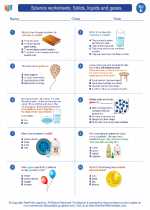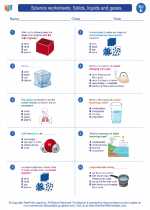What are Transgenic Organisms?
Transgenic organisms are organisms that have had their genetic material altered by the addition of genes from another species. This process involves the introduction of specific genes or gene combinations that are not naturally found together. These genetically modified organisms (GMOs) can be plants, animals, or microorganisms.
How are Transgenic Organisms Created?
Transgenic organisms are created through the process of genetic engineering. This involves isolating the desired gene from one organism and inserting it into the DNA of another organism. This is often done using techniques such as gene splicing, where the gene of interest is cut and then inserted into the DNA of the target organism using vectors such as plasmids or viral vectors.
Applications of Transgenic Organisms
Transgenic organisms have a wide range of applications in various fields:
- Agriculture: Transgenic crops can be engineered to be resistant to pests, diseases, and herbicides, leading to increased yields and reduced pesticide use.
- Medicine: Transgenic animals can be used to produce pharmaceuticals or serve as models for studying human diseases.
- Environmental remediation: Transgenic microorganisms can be designed to help clean up pollution or degrade harmful substances in the environment.
Ethical and Environmental Considerations
The creation and use of transgenic organisms raise ethical and environmental concerns. Some people worry about the potential impact on biodiversity, the spread of transgenes to wild populations, and the safety of consuming transgenic products. It is essential to carefully consider the risks and benefits of using transgenic organisms and to regulate their use to minimize potential negative effects.
Testing Your Knowledge
- What is a transgenic organism?
- How are transgenic organisms created?
- What are some applications of transgenic organisms?
- What are some ethical and environmental considerations associated with transgenic organisms?
Try to answer the above questions to test your understanding of transgenic organisms!
Now that you have a better understanding of transgenic organisms, you can appreciate their potential benefits and the need for careful consideration of their use.
.◂Science Worksheets and Study Guides Fifth Grade. Science worksheets: Solids, liquids and gases.

 Worksheet/Answer key
Worksheet/Answer key
 Worksheet/Answer key
Worksheet/Answer key
 Worksheet/Answer key
Worksheet/Answer key
 Vocabulary/Answer key
Vocabulary/Answer key
